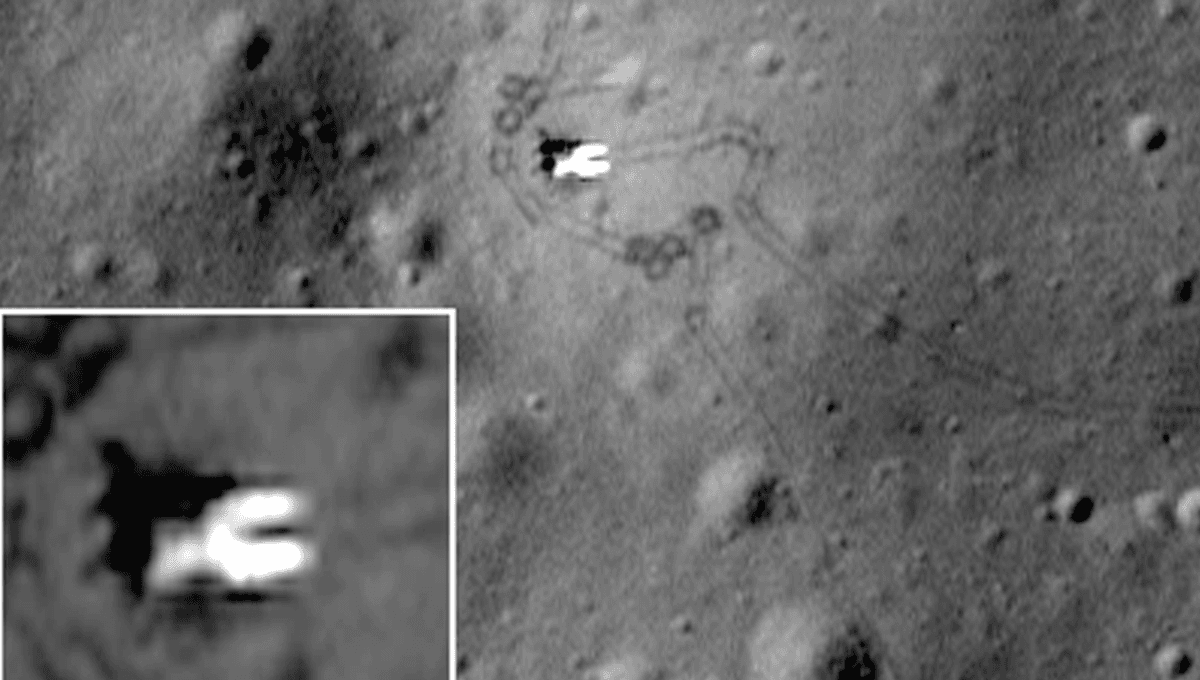
These days, we are used to having a number of robotic rovers (and briefly, a helicopter) driving and flying around the Moon and Mars, sending us back photographs of strange features and rocks.
The first robotic exploration of a body other than our own came earlier than you might think, with humans only beating our robot pals to the Moon by a year. In 1970, a little over a year after Neil Armstrong and Buzz Aldrin walked on the Moon (and Michael Collins sat in the command module and drifted behind the dark side of the Moon, entirely alone), the Soviet Union sent Lunokhod 1 to the lunar surface.
Delivered to the Moon’s orbit by Soviet spacecraft Luna 17 on November 15, the spacecraft made a soft landing in the Sea of Rains on November 17. Here, Lunokhod 1 made a grand entrance, rolling down the dual ramps to make the first ever tire tracks on a body other than Earth.
By today’s standards, the rover was not pretty, resembling a sturdy metal bathtub attached to eight hamster wheels. But it was without a doubt an impressive robot, carrying all sorts of equipment for studying the lunar landscape and sending back images to Earth.
“Lunokhod was equipped with a cone-shaped antenna, a highly directional helical antenna, four television cameras, and special extendable devices to impact the lunar soil for soil density and mechanical property tests,” NASA explains. “An X-ray spectrometer, an X-ray telescope, cosmic-ray detectors, and a laser device were also included.”
While on the Moon, Lunokhod 1 was operated by a five person team 1.3 light-seconds away in Moscow on Earth, or about 384,000 kilometers (238,600 miles).
On the underside of the lid was a solar cell array to give power to the rover during the lunar day, while during the long lunar night the rover drew on a polonium-210 radioisotope heater to keep itself operational while the temperatures dropped to as low as -133°C (-208°F).
The mission was supposed to last for three lunar days, or around 88.5 Earth days. However the first robot on the Moon was able to survive for a lot longer than expected, surviving 11 lunar days, or 324 Earth days, finally powering down on October 4, 1971. During this time, it had traveled over 10 kilometers (6 miles), conducted more than 500 lunar soil tests, and transferred over 20,000 pictures back home.
Source Link: Lunokhod 1: The First Moon Rover Was An Impressive Beast Of A Robot